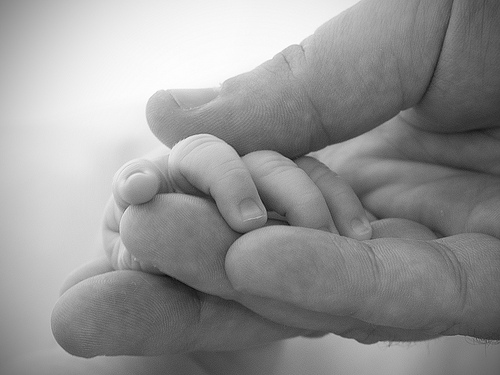Forensics 101: Determining Age of a Skeletal Victim
/ In our last few Forensics 101 posts, I covered two aspects of victim identification: time since death and sexing a victim based on the skull or the pelvis. In this post, I want to open the discussion on age determination of skeletal remains. This is a complicated topic so we’ll start with an overview first and next week we’ll start to get into the specifics.
In our last few Forensics 101 posts, I covered two aspects of victim identification: time since death and sexing a victim based on the skull or the pelvis. In this post, I want to open the discussion on age determination of skeletal remains. This is a complicated topic so we’ll start with an overview first and next week we’ll start to get into the specifics.
A forensic anthropologist can use multiple skeletal characteristics to determine the age of a victim at the time of death. Some characteristics can only be used to determine the age of pre-pubescent victims, some apply to adult victims.
Let’s look at these two groups:
- Pre-pubescent: The skeletons of children and teenagers are in a constant state of flux.
- Infant fontanelles close with the union of cranial bones.
- Long bones are constantly growing, allowing for increased limb length.
- The growth plate of long bones is constantly laying down new bone until maturity is reached; at this point, the end of the bone fuses to the shaft, terminating growth.
- Teeth are lost and new teeth form and erupt in their place.
- Adult: Due to the lack of growth in the post-pubescent years, age determination of adults is slightly more difficult, but there are several very valuable characteristics.
- The surface of the pubic symphysis (where the two halves of the pelvis meet at the front of the body) changes significantly over time, with those changes continuing into the senior years.
- Similar changes are seen at the auricular surface of the ilium (the hip bone).
- The medial rib ends (at the center of the body, where the ribs join with the sternum) also change with age, both the surface of the bone as well as the shape.
- The sutures in the skull and palate finally fuse, and, with time, become completely obliterated.
All the above changes tend to occur at relatively predictable ages. Based on these characteristics, or, ideally, based on multiple characteristics combined, a forensic anthropologist can accurately estimate the age of a victim at the time of death.
Next week, we’ll look epiphyseal fusion in children and teens, showing how the fusion of the bone end to the shaft as maturity is reached can reveal the age of a young victim.
Photo Credit: fruity monkey



 82.0%
82.0%